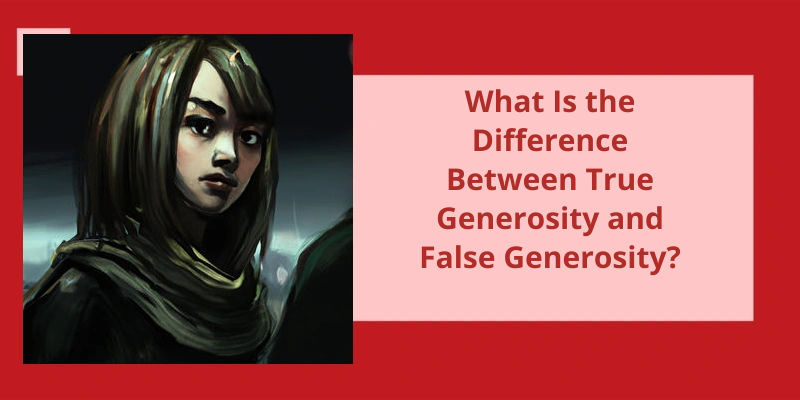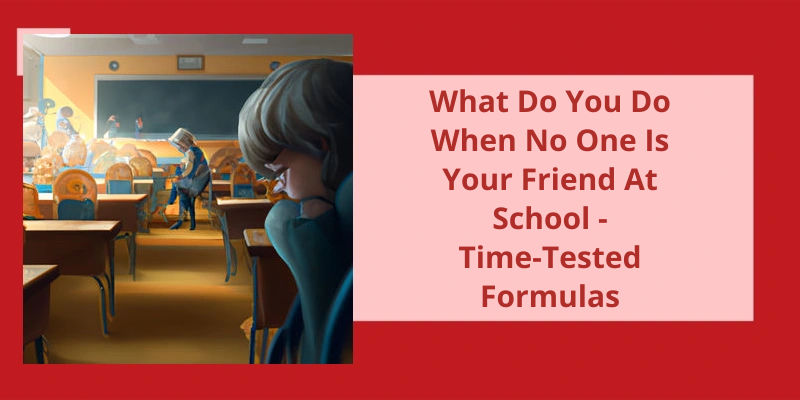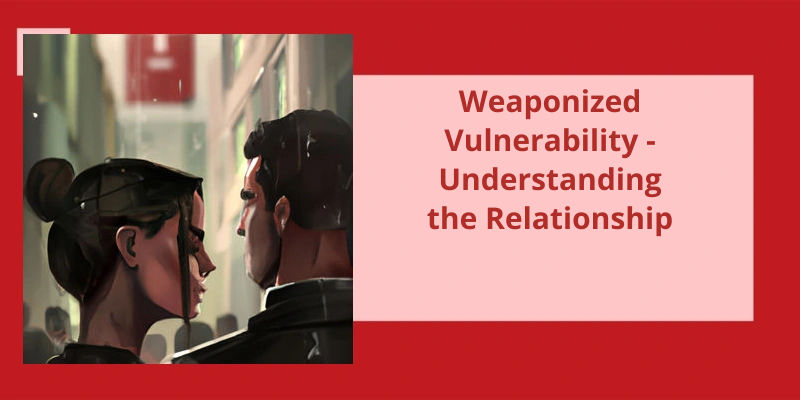Generosity is often viewed as a desirable quality in individuals and societies alike, as it signifies a willingness to share resources and provide benevolent support to others. However, the concept of generosity isn’t always straightforward and can often be veiled in ambiguity. There’s a significant difference between true generosity and false generosity, and it’s imperative for individuals and communities to understand this difference to make a positive impact on oppressed and marginalized individuals. False generosity can be destructive, as it often maintains the status quo of oppression and dependency, perpetuating the cycle of disadvantage and inequality. It’s dehumanizing and reinforces a relationship where the oppressed are reliant on their oppressors. On the other hand, true generosity seeks to create an environment that favors liberation, where individuals have access to resources and support to actualize their potential and attain agency.
What Is False Generosity According to Freire?
Instead, it’s false because it fails to address the root causes of the injustice. By focusing on the symptoms rather than the disease, false generosity perpetuates the very systems of oppression that cause poverty and illness in the first place. In fact, false generosity can often make matters worse by creating dependency and reinforcing the power imbalance between the giver and receiver.
For Freire, true generosity involves empowering people to challenge and transform the structures of oppression that keep them in poverty and suffering. This requires a deeper understanding of the social, economic, and political forces that produce inequality and exclusion. Rather than simply donating money or goods, true generosity involves working with marginalized communities to build their capacity to organize, advocate, and demand their rights.
One of the key principles of true generosity is mutual learning and respect. Rather than assuming that the giver has all the answers, true generosity involves listening to the voices and experiences of the marginalized and recognizing their agency and dignity. By working together as partners, true generosity can generate new ideas, strategies, and solutions that are more effective and sustainable than charity alone.
Another important aspect of true generosity is critical consciousness. This involves raising awareness about the root causes of injustice and helping people to see themselves as agents of change. By developing a critical consciousness, people can challenge the dominant narratives and ideologies that justify inequality and oppression. This can lead to a transformation of both individuals and society as a whole.
Examples of False Generosity in Society Today
- Donating small amounts of money to charity as a way of appearing generous, rather than actually addressing the root causes of social injustice
- Performing acts of kindness only when others are watching or when there’s a potential for personal gain or recognition
- Giving gifts with the expectation of receiving something in return, rather than from a place of genuine generosity and care
- Using charitable donations as a way to lessen feelings of guilt or to offset unethical actions or behavior
- Engaging in performative activism without actually taking meaningful actions to create real change
When it comes to generosity, it’s not just about giving away everything we’ve or anything that we can spare. Rather, true generosity consists of giving things that are good for others and that enhance their wellbeing. In this way, generosity becomes a thoughtful and intentional act that can have a profound impact on those who receive it. So what exactly does true generosity look like in practice?
What Does True Generosity Consist Of?
True generosity isn’t just about giving money or material goods to someone. It’s about giving something that’s meaningful and of value to the recipient. It means taking the time to truly understand the needs and desires of the person you want to help, and giving them something that will truly benefit them. This can be anything from your time and attention to your knowledge and expertise.
It’s about helping someone simply because you want to, not because you’re hoping to gain something from it. It’s about giving without any strings attached, and without any expectation of gratitude or appreciation. When you give in this way, you’re showing true kindness and compassion for others.
The Benefits of True Generosity for Both the Giver and the Recipient.
True generosity provides a sense of fulfillment and happiness for both the giver and the recipient. It strengthens relationships, builds trust, and creates a positive impact on the world. Giving to others without expecting anything in return allows us to experience the joy of giving and helps us develop empathy and compassion. Similarly, receiving such gifts can boost our self-esteem, improve our well-being, and restore our faith in humanity. Ultimately, true generosity fosters a spirit of kindness and promotes a more harmonious society.
The false generosity of the oppressor may appear on the surface to be a form of aid or charity, but in reality it’s used to maintain the existing power dynamic and perpetuate the oppression of the marginalized. Paulo Freire, the Brazilian educator and philosopher, identified this practice as a tool of the oppressor rather than a genuine effort to uplift the oppressed. In this article, we will examine the implications of false generosity and how it can be recognized and resisted.
What Is the False Generosity of the Oppressor?
The concept of false generosity of the oppressor is rooted in the idea that those in power may appear to be giving back to disadvantaged communities, but their motives aren’t pure. Instead, their actions serve to maintain the status quo and their position of power. In this way, those with power can absolve themselves of guilt and continue to benefit from the oppression of others.
False generosity often manifests itself in symbolic gestures that do little to address the underlying issues facing oppressed communities. For example, a company may make a large donation to a charity that benefits a marginalized group, but refuse to address the root causes of inequality within their own industry. Such actions don’t challenge the systemic oppression at play, but rather reinforce it.
Governments may offer superficial aid to developing countries, for example, but continue to exploit their resources and labor for the benefit of their own economies. Similarly, corporations may offer scholarships or internships to disadvantaged groups, but maintain discriminatory hiring practices within their own organizations.
It’s through genuine action and solidarity, rather than symbolic gestures, that true progress can be made towards justice and equality.
Conclusion
In conclusion, the difference between true generosity and false generosity lies in their outcomes. False generosity may appear to be charitable, but it’s underlying motives only serve to maintain and reinforce oppressive power dynamics. It perpetuates a cycle of dependency that strips individuals of their agency and dignity. It works towards creating a world where everyone has the freedom and resources to pursue their dreams and live fulfilling lives. Ultimately, it’s only through true generosity that we can hope to achieve a just and equitable society.






